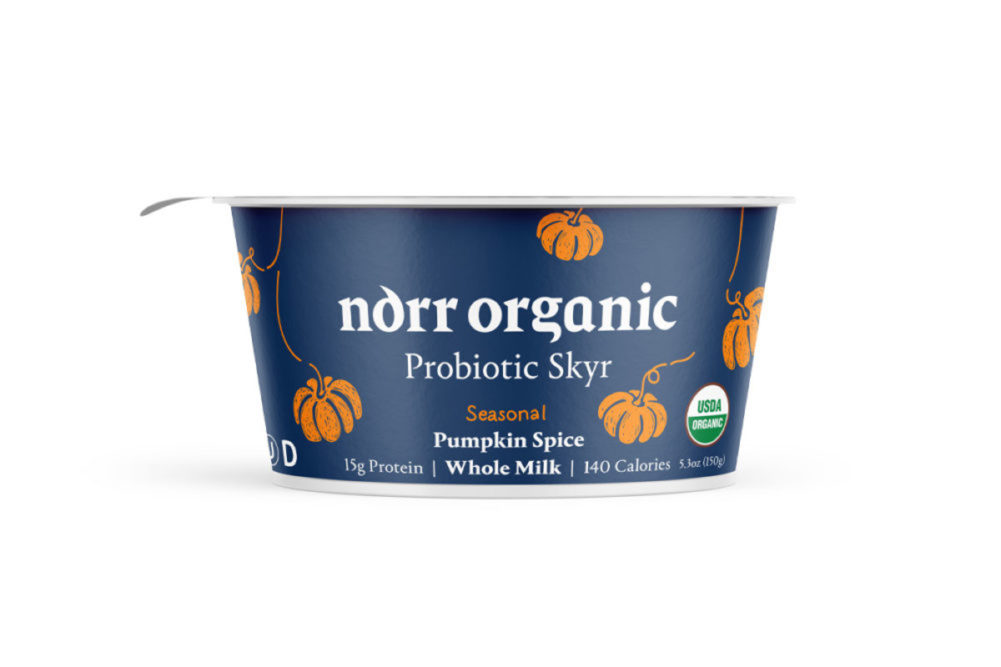CHICAGO — Flavors labeled either artificial or natural have quite a bit in common, which is why some food and beverage manufacturers avoid using them.
The similarities go all the way to the molecular structure of each, but there are key differences in the raw materials used and how they are processed into a flavor.
The US Food and Drug Administration (FDA) defines natural flavor as “the essential oil, oleoresin, essence or extractive, protein hydrolysate, distillate or any product of roasting, heating or enzymolysis, which contains the flavoring constituents derived from a spice, fruit or fruit juice, vegetable or vegetable juice, edible yeast, herb, bark, bud, root, leaf or similar plant material, meat, seafood, poultry, eggs, dairy products or their fermentation products, whose significant function in food is flavoring rather than nutritional.”
Any substance fitting that criteria may simply be labeled “natural flavor” on an ingredient panel and may be unsettling to the growing number of consumers who want to know where their food comes from and what’s in it.
Norr Organic, New York, is one company opting to not use the all-encompassing term natural flavor to identify some of its ingredients in its products. Rather, the company’s probiotic skyr features organic fruits with or without plant extracts, depending on the cultured dairy product’s target profile.
“We do not use ingredients labeled as natural flavors, as there’s ambiguity to the term and Norr wants to be completely transparent with its consumers,” said Mandy Geisler, head of sales and marketing. “Norr Organic offers one of the cleanest lists of ingredients in the yogurt aisle.”
The non-fat blueberry and lavender offering, for example, is formulated with organic blueberries and lavender extract. The whole milk black currant and blood orange variety uses organic black currants and organic blood orange essential oil. Other flavorants used by Norr Organic include organic elderflower extract, organic lemon oil and organic vanilla extract.
The Flavor Extract Manufacturers Association (FEMA) defines essential oils as volatile substances obtained by distilling or expressing plant material from a single botanical form and species. It also specifies that an extract is a solution that contains essential flavor components of a complex material.
FEMA uses the FDA’s definition for natural flavors, which has had its share of criticism over the years. For one reason, while a natural flavor may meet the FDA’s definition, it may also not be produced from the product it is intending to taste like.
The reason: economics. The not-so secretive ingredient that makes McDonald’s French fries so flavorful, for example, is identified as “natural beef flavor.” The ingredient is made from wheat and milk derivatives.
Many exotic or tropical natural fruit flavors rely on volatiles sourced from abundant, domestic fruits. Grapefruit often is found in natural passionfruit flavor, which, ironically, may contain no passionfruit.
Natural flavors also may be produced with carrier solvents, preservatives and other chemicals, such as propylene glycol and monosodium glutamate. There also is nothing in the federal definition that excludes pesticides, animal derivatives or genetically modified organisms from having been present somewhere in the raw material pipeline. The one chemical natural flavors will not contain is petroleum. That’s exclusive to flavors labeled artificial.
With organic natural flavors, the reins are pulled in tighter. In order to be certified organic, the natural flavor must contain at least 95% organically grown ingredients with no more than 5% non-organic ingredients. It also cannot be made using synthetic extraction solvents or contain synthetic carriers or artificial preservatives. Consumers can be assured that no genetically modified materials were ever present in the organic natural flavor’s production.

